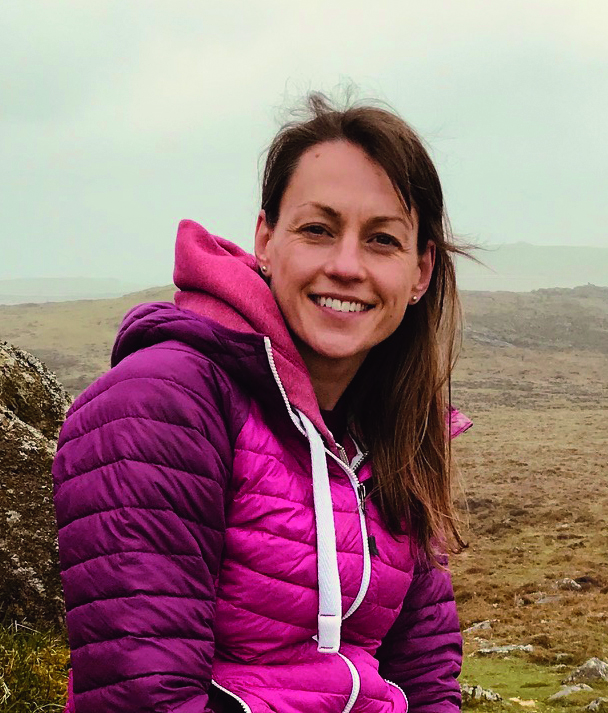We’ve been out for two hours and I’ve long lost count. Something flits among the foliage. Faster than you can say ‘is it another tanager?’, it’s caught in the crosshairs of a scope.
Squinting into the eyepiece, I meet the gaze of a handsome bird with a sunshine breast, grey and olive feathers and soot-black head emblazoned with a golden crest. “Yellow-crowned whitestart,” I’m told. “Endemic.”
I’m far from an expert birder, but even if I was, I’d likely be out of luck trying to identify much up here. Because this is the Sierra Nevada de Santa Marta: the showstopping grand finale of the Northern Colombia Birding Trail, and arguably the birdiest spot on the planet.
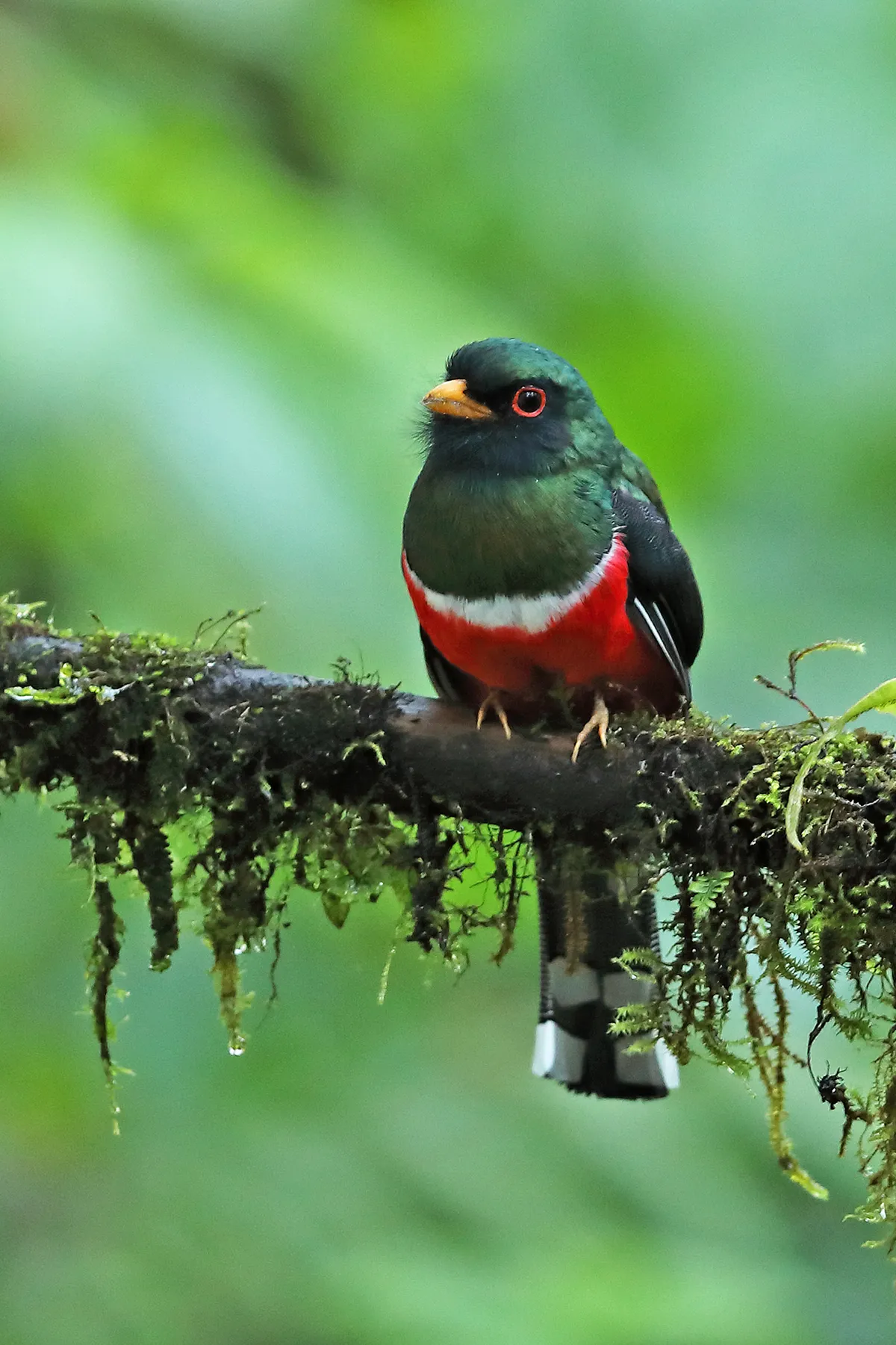
Study a map of Colombia and the Santa Marta Mountains barely catch the eye – a small, heart-shaped blob at the tip of the country, eclipsed by the trio of Andean cordilleras that tumble across the Ecuadorian border and continue north-east towards Venezuela.
But Santa Marta sits head and shoulders above these famous flanks, quite literally: it’s the highest coastal mountain range in the world, pinnacled by Colombia’s tallest peaks, which pierce the clouds at a breath-thinning 5,775m.
Ascend the 36km from base to summit and you’d start among coral reefs and finish amid ice and snow, climbing through a medley of forests and páramo along the way.
An impressive list of endemics (species unique to an area) has evolved on these isolated slopes, so many that Santa Marta was hailed in a 2013 study as the world’s most irreplaceable protected area.
For all its riches, Santa Marta is not well-trodden. For one thing, it requires several bone-shaking hours in a 4x4 to get up here.
And until a decade ago, it was stubbornly off-limits, a flashpoint in a brutal 55-year conflict between the government, right-wing paramilitaries and notorious leftist rebels – including the FARC (Revolutionary Armed Forces of Colombia) and ELN (National Liberation Army) – that saw 260,000 people killed and millions more displaced.
Following the Colombian peace deal in November 2016, the insurgents finally relinquished control of these misty mountains. Santa Marta, together with many other nature hotspots once clouded in combat, was open for birdwatching business.
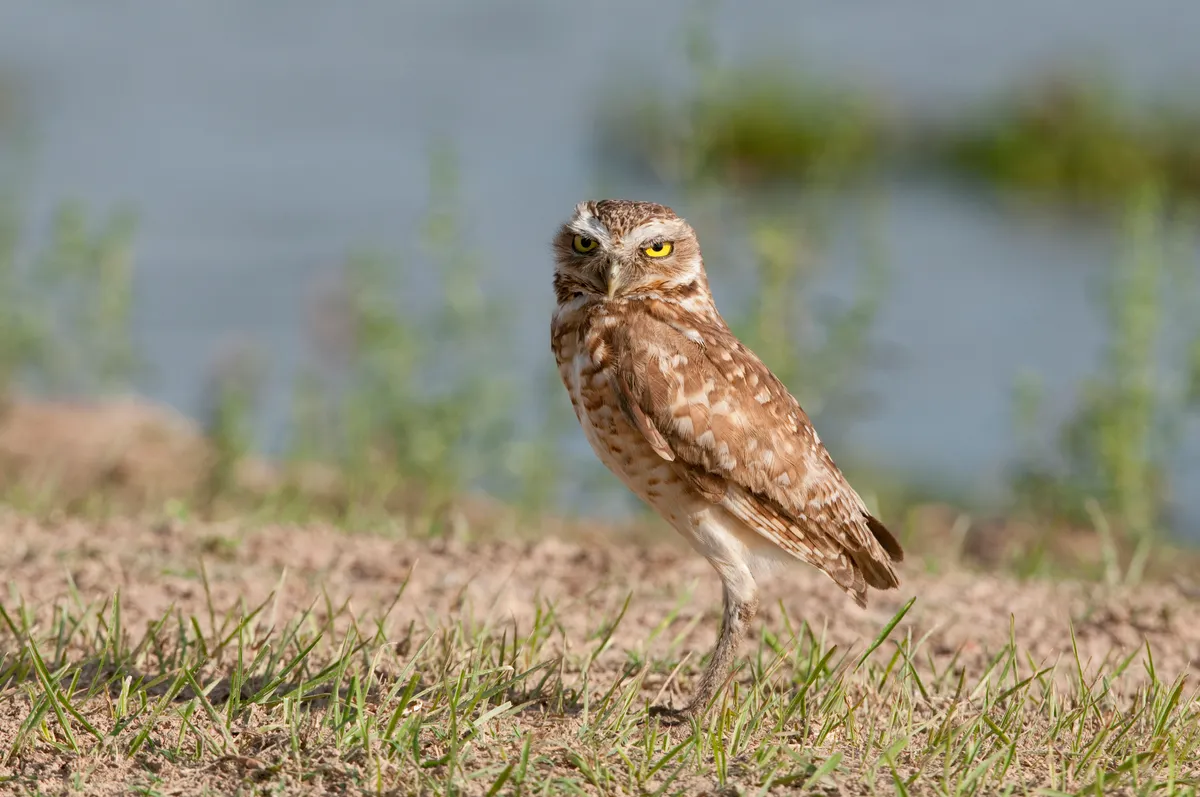
“For years I had a vision that Colombia in peace would be the greatest eco-tourism destination in the world,” says John Myers, former director of the Latin American Program for the National Audubon Society and visionary of the birding trail, which opened in February 2016.
“Northern Colombia is home to three outstanding eco-regions: the Santa Marta Mountains, the Guajira Peninsula and the Northern Tropical Andes, all of which host significant numbers of endemic, endangered and migratory birds.”
Growing up in Minnesota, Myers first visited Colombia in 2001 and became “obsessed” with the country’s protected areas. Three years later, he returned and started to explore remote regions and conflict zones.
Taking up the post at Audubon in 2013, he knew that an interpretive birding trail in the same league as those in North America would prove irresistible to affluent aficionados who would stop at nothing to glimpse a white-tailed starfrontlet in its natural habitat.
“My colleagues and I had been poring over this study by the US Fish and Wildlife Service, which claimed that the US has 48 million birdwatchers, 17 per cent of whom make at least one overseas trip a year,” says Myers. “We realised then just how big Colombia’s potential was.”
With a team of economists, Myers co-authored a study concluding that a birdwatching trail supported by Americans alone would generate an annual revenue of $46 million and more than 7,500 jobs.
Key to its success would be a network of professional guides. To that end, 43 individuals from local communities, some of whom had been caught up in the armed conflict, were enrolled into a year-long apprenticeship to learn – in English – the particulars of Colombian birdlife.
“It wasn’t easy,” recalls graduate Angel Ortiz, a former paramilitary recruit and now a respected tour leader. “It took me a week to be able to pronounce ‘crimson-backed tanager.’”
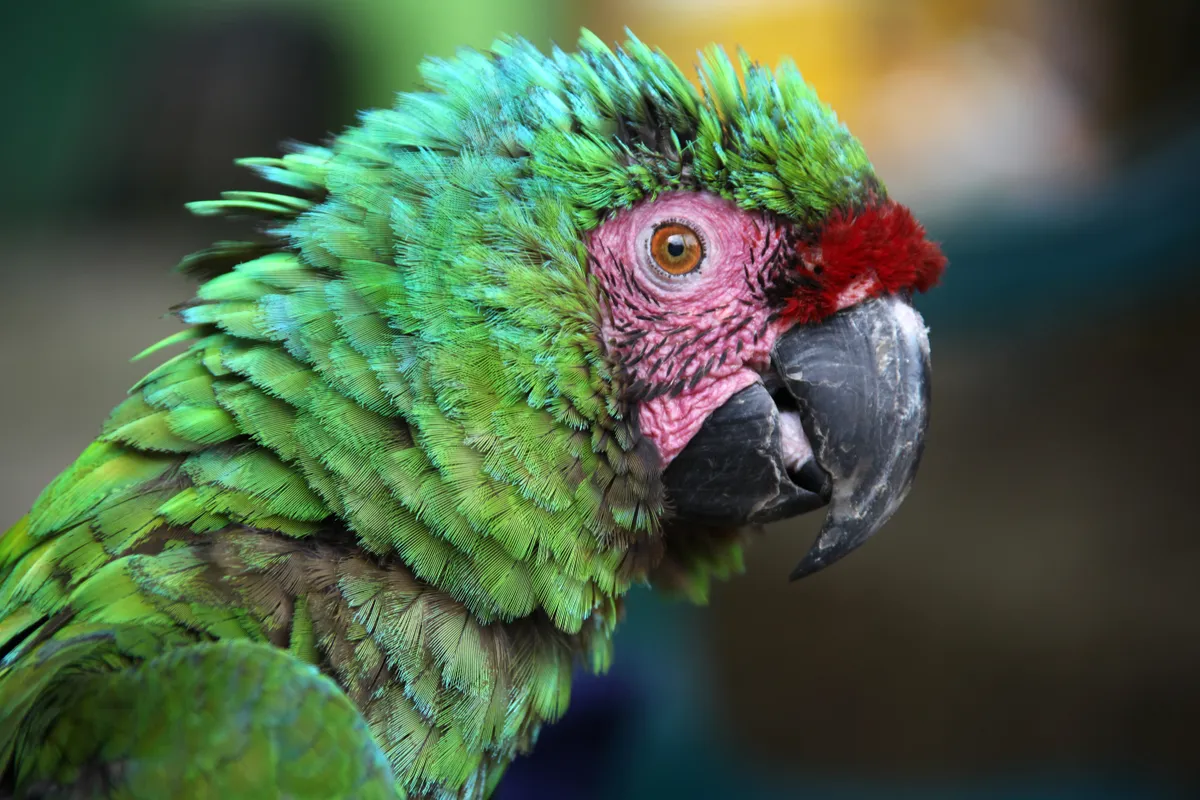
Early birds
So here I am, making my way up a stony track on the Cuchilla de San Lorenzo, a thickly vegetated ridge that hosts virtually all of the Santa Marta endemics and, an hour ago, offered spectacular views of the mountains at sunrise.
It’s still early, but the greenery is filling with colour, butterflies are coming out of hiding and the air is positively jangling with the noise of birds and frogs.
I’m not really attempting to put names to feathers, but given that I’ve already met the Santa Marta parakeet, Santa Marta mountain tanager and Santa Marta foliage gleaner, I wonder if prefixing any generic name with the words ‘Santa’ and ‘Marta’ might improve my odds.
The strategy pays off when we spy the Santa Marta antpitta, and my Santa Marta finch (it was actually the Santa Marta brushfinch) wasn’t a million miles off.
For a less-than-seasoned birder like me, Colombia’s avian diversity can feel as punishing as it is magical. The country’s tally exceeds 1,930 species (the British list currently stands at 616), of which 82 – and counting – are endemic. Colombia has 21 types of cuckoo (we have one), 18 species of swift (yep, just the one), 43 woodpeckers to our three and 26 owls to our five.
It has a plethora of parrots, parrotlets and parakeets, more hummingbirds than feels remotely fair and a brain-melting mêlée of tapaculos, trogons and tyrants, many with dazzling, triple-barrelled names that sound too outlandish to be real.
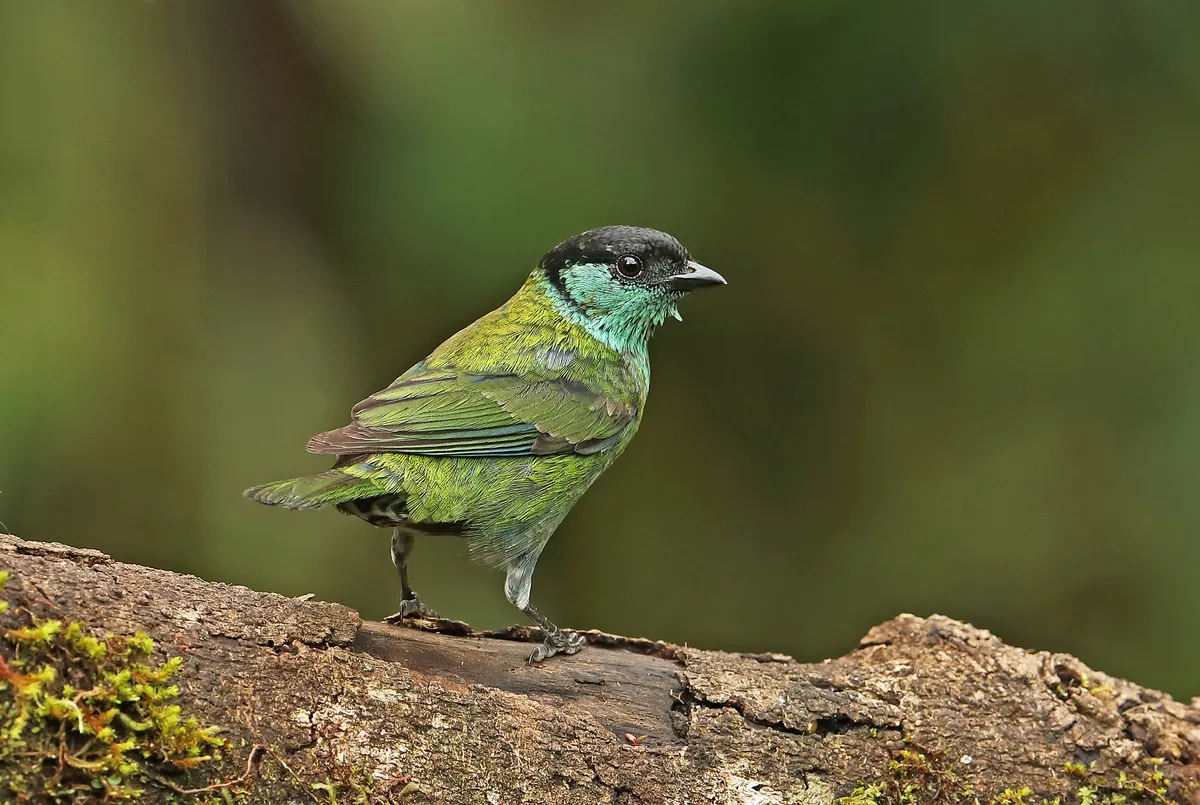
Quest for a quetzal
More of these I encounter at the close of the day, following a brief but epic downpour that drenches the canopy and turns the paths into ephemeral bubbling streams. From a viewing tower, as the storm rumbles over distant peaks, we spot black-capped tanagers, red-billed parrots, blue-naped chlorophonias and a slate-throated whitestart zipping to and from its pathside nest.
Perhaps it’s the 3:55am start, but my companions are in a sprightly mood and eruptions of laughter are mingling with the chitters gurgling from the foliage. It’s all getting rather noisy when three small words silence the banter in a flash: white-tipped quetzal.
We tumble down the damp wooden steps, jostling on the path for the best view, not that you could miss it: metres away is a glorious Christmas tree of a bird, all iridescent green plumage and deep scarlet breast.
After shooing an equally handsome rival from his turf with a lunge and splay of feathers, he poses obligingly, turning his head from side to side as if to ensure we don’t miss a thread of his finery, before melting into the leaves.
If north-western Colombia vaguely resembles an upwards-looking bird, La Guajira Peninsula is the beak. In contrast to the cool, verdant highlands, this is a vast, wild desert, whose parched landscape of dunes, tropical dry forest and scrub is home to the country’s largest indigenous group, the Way’uu.
Eco-tourism is starting to provide much-needed income to these impoverished and neglected communities, which otherwise subsist on fishing, goat-herding and weaving gaudy mochilla bags that brighten the pavements of nearby towns.
Tropical dry forest is one of the most threatened habitats in the world, reduced to remnant pockets scattered across the globe. Unlike tropical rainforest, it endures a yearly drought. Leaves are shed in anticipation, allowing sunlight to reach the forest floor, and the resulting tangle provides the perfect cover for elusive, skulky birds.
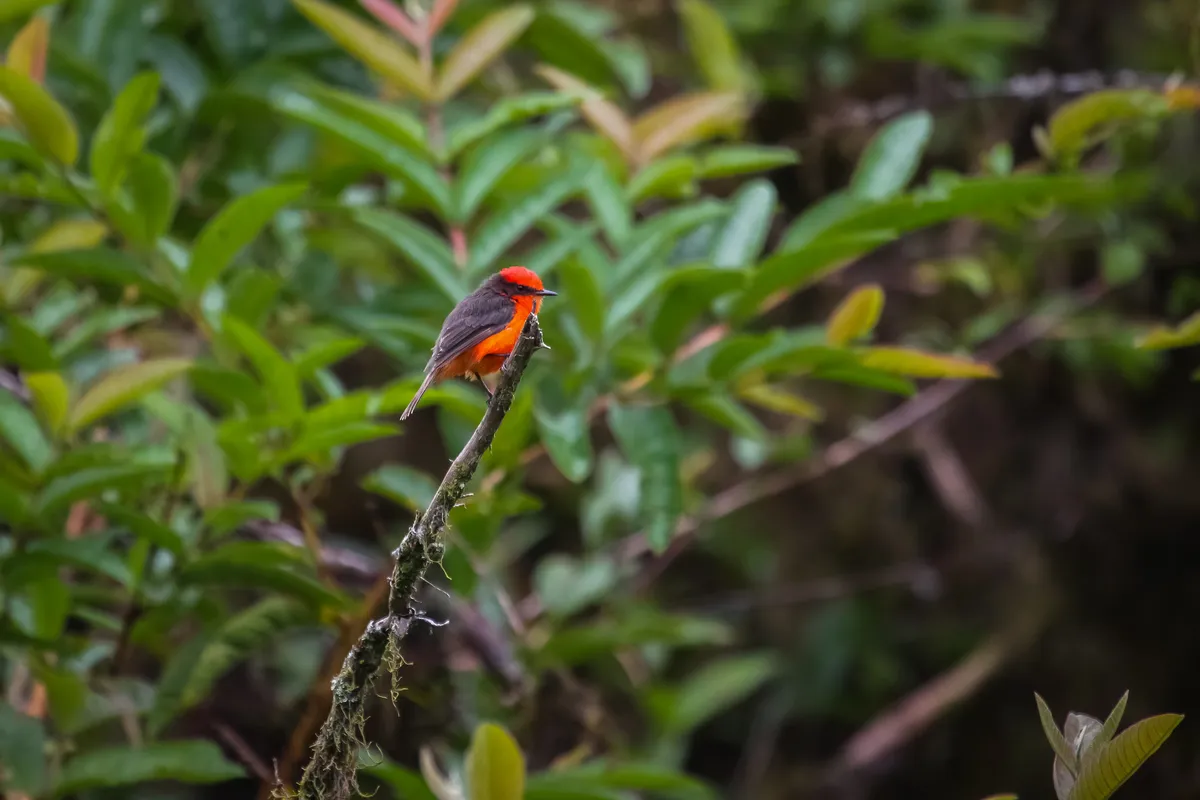
Slope to shore
This being Colombia, there are naturally hundreds of them, as I see for myself in a sweltering three-day stay in the Caribbean fishing village of Camarones, in a lodge a stone’s throw from the surf. Navigating the prickles fringing the sand, a relentless breeze battering my shirt, I spy a great kiskadee, russet-throated puffbird, black-crested antshrike and vermillion flycatcher.
“Nobody was birdwatching in La Guajira 10 years ago – there were no guides; no facilities,” says Luis Eduardo Urueña, biologist and owner of Manakin Nature Tours, during a rare moment of reprieve from his binoculars.
“As tourists come in, local communities are becoming more interested in wildlife, and tour operators are working closely with them. Kids now talk about being guides when they grow up – it’s seen as a cool job.”
At 35, Luis is one of the oldest guides that I meet; most are in their twenties. He grew up amidst the brutality of civil war and drug-related violence that has long blighted Colombia, recounting how he lost his father, grandmother and countless friends. I offer my sympathies and he shrugs it off as normal.
“Everybody lost people,” he says. He recalls, when, studying the blue-billed curassow in the Magdalena Valley, he woke from a nap in a coca plantation just in time to dodge a dousing of glyphosate, a potent herbicide pelted down by crop-dusters as part of a US-led coca-eradication programme launched in 2000.
Associated health risks spurred the Colombian government to suspend the strategy in 2015, but in the face of bumper harvests (according to the UN, the amount of land under coca cultivation increased by 17 per cent in 2017), it has, controversially, approved fumigation by drone.
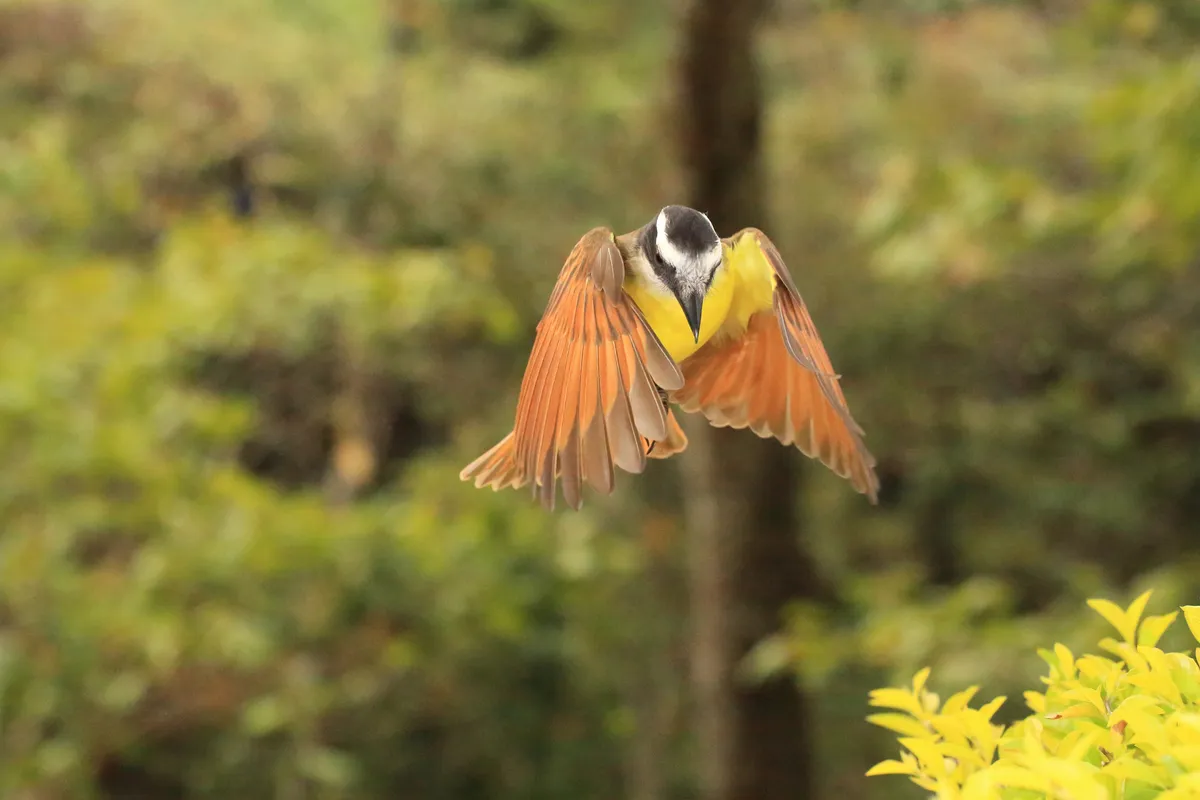
There’s little evidence of troubles past as Luis and Angel lead our group on three visits to Los Flamencos Flora and Fauna Sanctuary, a coastal reserve created to protect the American (or Caribbean) flamingo – and 185 other species to boot.
We meander through a scrubby forest, float on shallow lagoons in canoes and go raptor-spotting in an open area of desert, where tired looking grasses sprout from the dust in withered stands of grey.
Of the legions of birds of prey that patrol the skies here, there’s one in particular that we seek: the burrowing owl. It’s almost too easy – within seconds, a pair of enormous orange eyes are glaring at us through the tussocks.
Roadside and savannah hawks circle overhead, an aplomado falcon alights on a treetop and a merlin performs an impressive fly-by. “I wouldn’t want to be a lizard in this desert,” remarks Angel, and I have to agree: in less than an hour, we’ve clocked seven different species.
As we make our way back to the jeep, the owl reappears on a low bank, bobbing up and down on spindly legs as if offering a farewell courtesy.
Flying into the future
The Northern Colombia Birding Trail has triggered a huge surge of interest in avian eco-tourism as a tool for conservation and economic development; new trails in the Andes are now under development. Nevertheless, caution is required as Colombia navigates this moment of post-war crossroads.
“The government needs to seriously fund conservation and ensure that eco-tourism revenue supports protected area management, habitat protection and rural livelihoods, and aerial fumigation is a real concern,” says Myers.
“But the trail is a game-changer for this country. Of the gazillions of conservation projects that I’ve worked on, none have been like it – it has changed lives and surpassed anything I could have imagined. I hope Colombia can share its beauty with the world for years to come.”
Planning to visit?
- UK-based tour operators include:
- Colombia-based tour operators include:
- Find out more about the trail at: northerncolombiabirdingtrail.com
Sarah McPherson travelled to Colombia courtesy of ProColombia and WhereNext.
